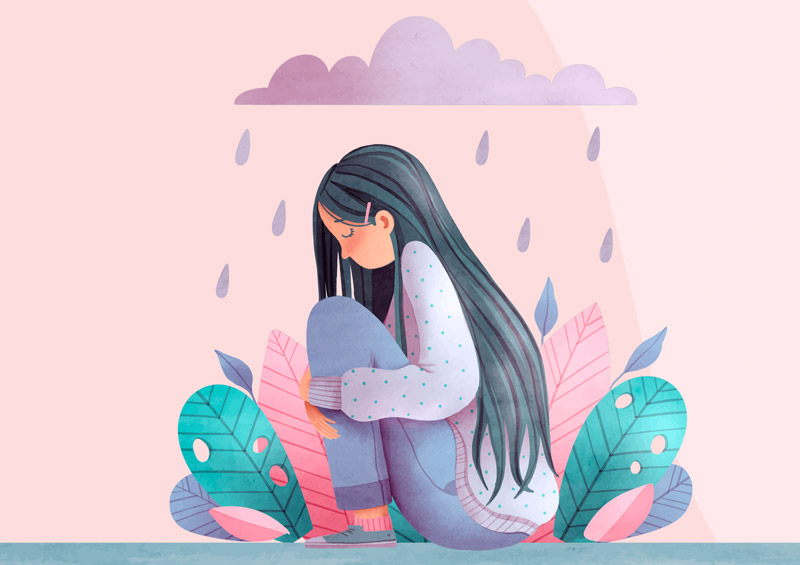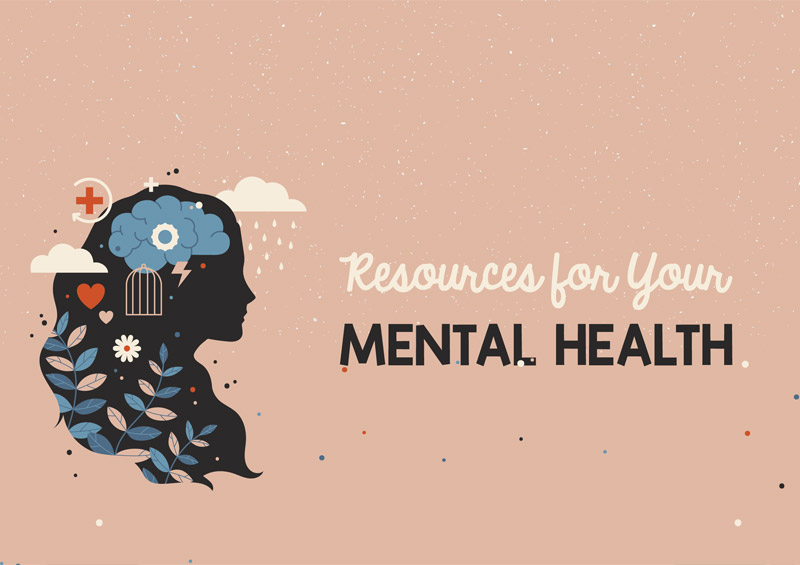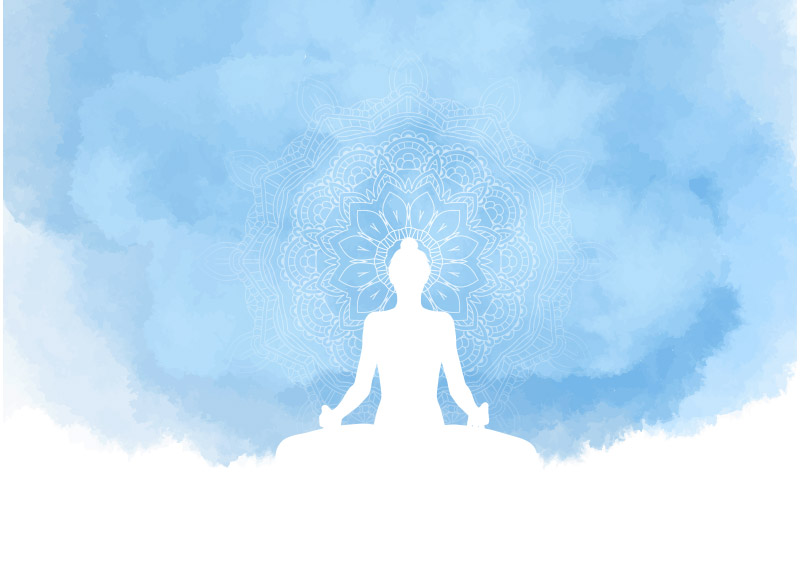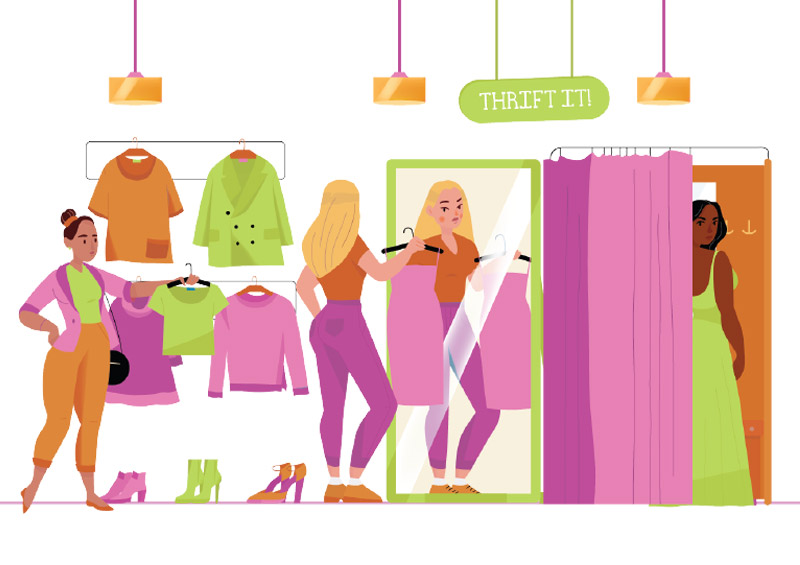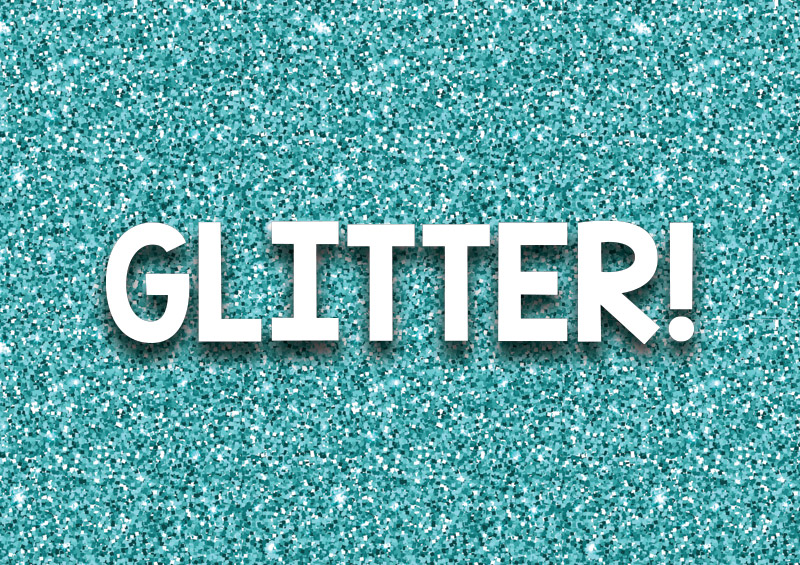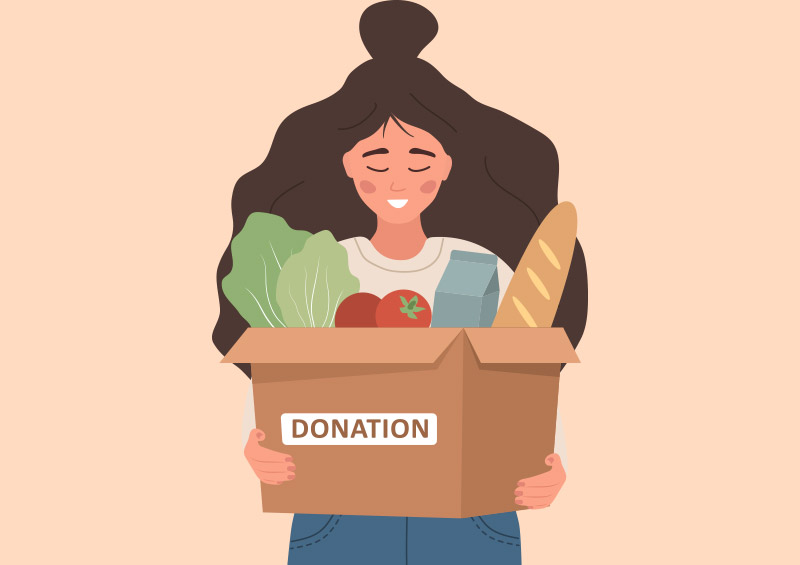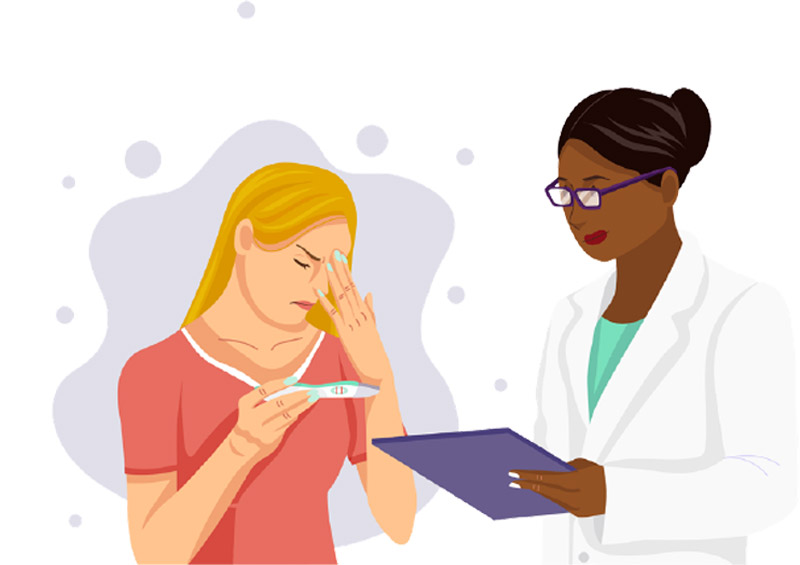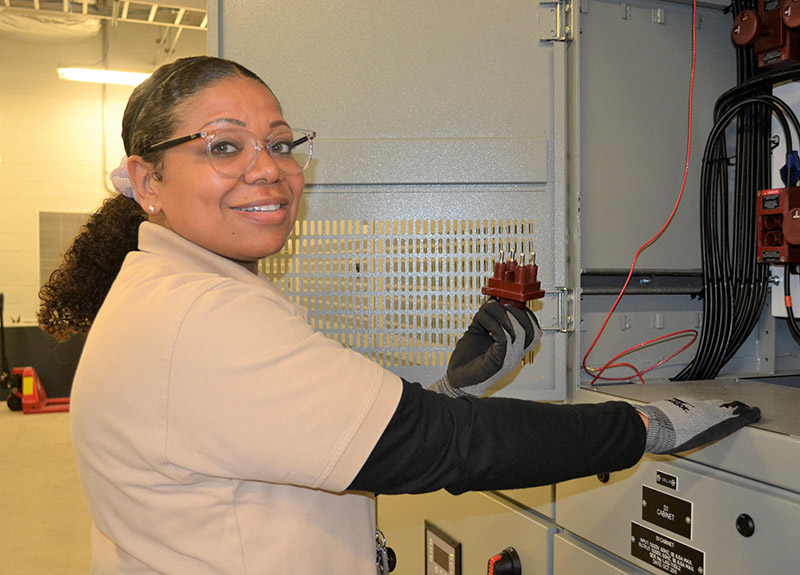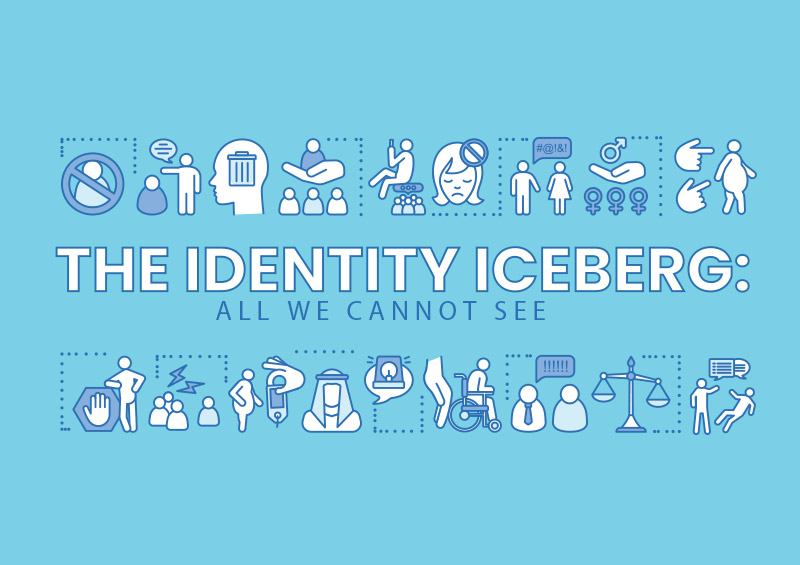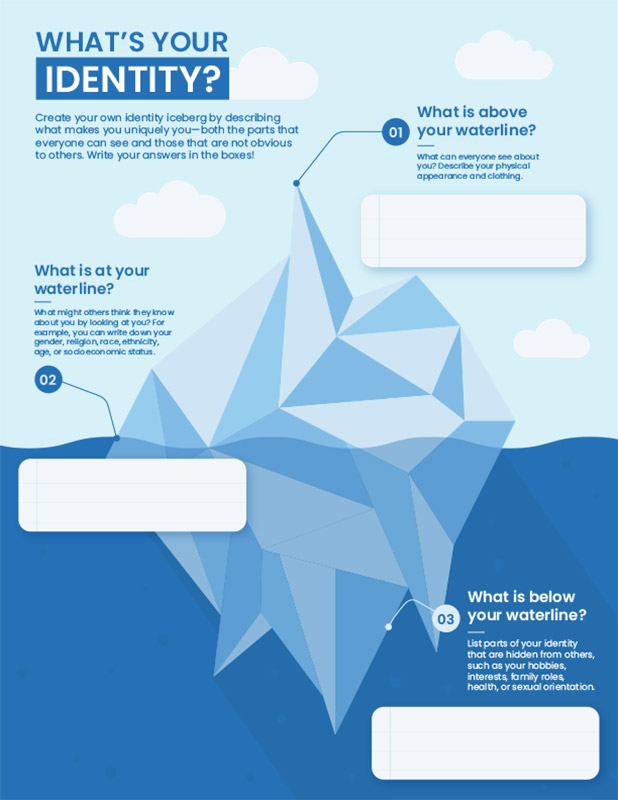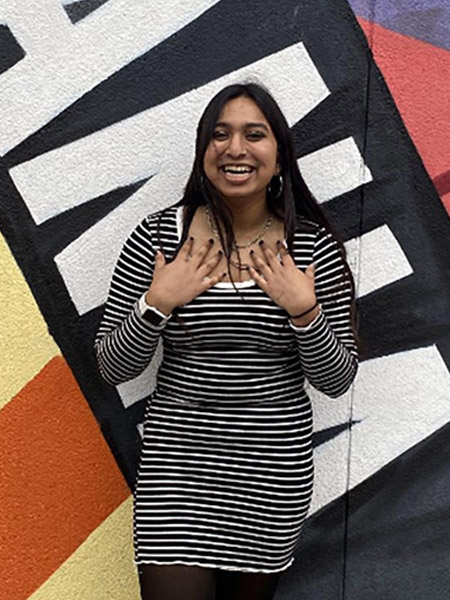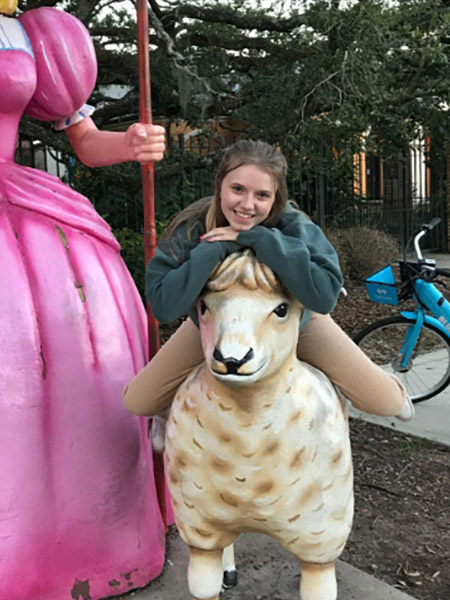We make assumptions about people every day. Typically, we choose to see what is on the outside of people over the inside. Our goal throughout this activity is to look beyond our physical appearances and better understand how bias, stereotypes, and prejudice work.
Imagine you’re in a parking lot trying to open your car. Multiple people stare at you and make assumptions about what you’re trying to do. They may associate traits and stereotypes with you based on what they see. For example, many people consciously or unconsciously associate darker skin with criminal behavior and may assume they are witnessing a break-in. The importance of this activity is to broaden our minds beyond stereotypes and biased opinions to really learn more about ourselves and others. The big question is: What are the dangers of assumptions?
Think of identity as an iceberg. What we can see about others—what’s above or at their waterline—is not all there is to who they are. Much of their identity is hidden down below. The same is obviously true for your identity and how much of who you are is visible to others!
In this activity, you’ll have the opportunity to reflect on the many levels of you.What can everyone easily see about you? Which of your characteristics might be visible but are not as obvious? What parts of your identity are hidden from others?



